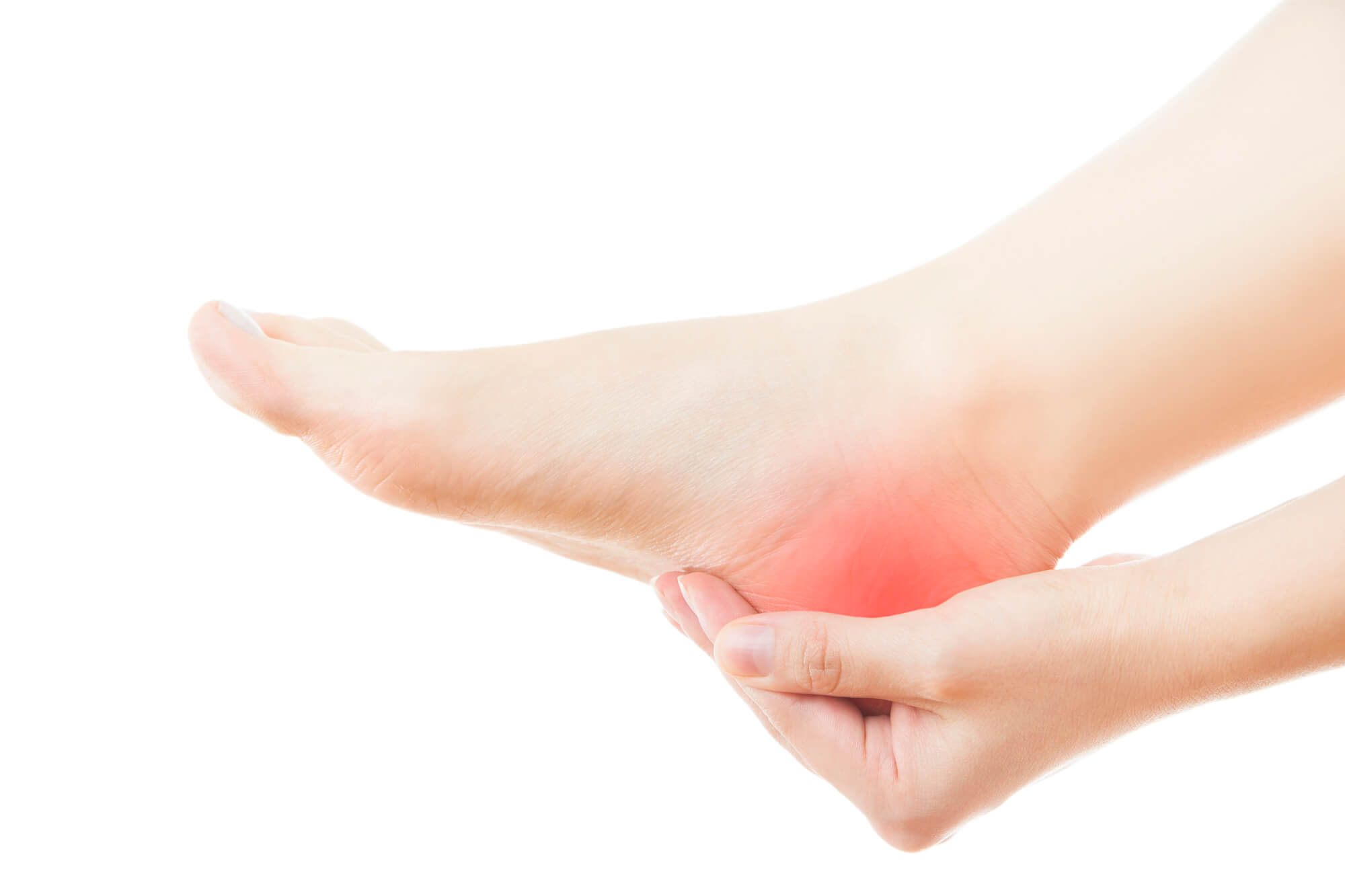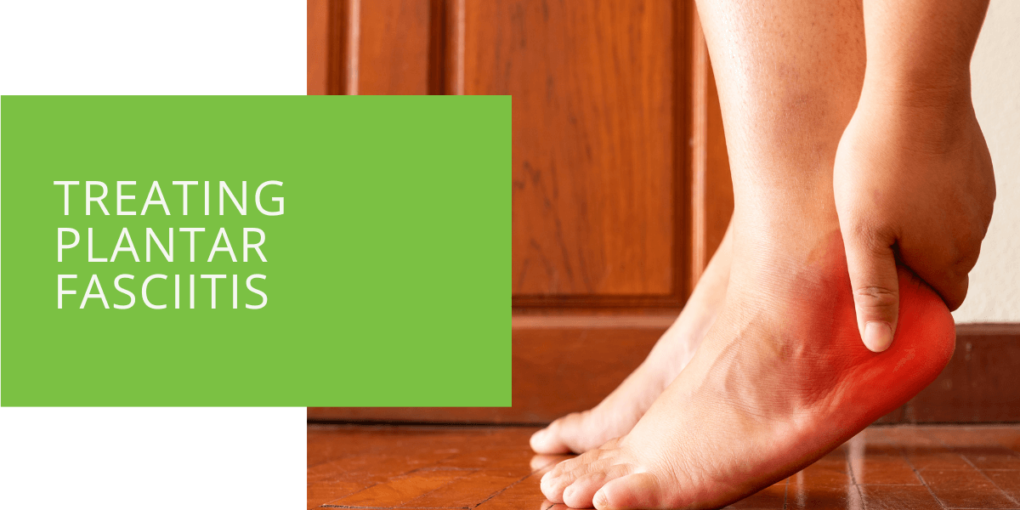Treating Plantar Fasciitis: Options and Considerations
Plantar fasciitis is a common cause of heel pain and can be a chronic condition that significantly impacts an individual's quality of life. If you're suffering from plantar fasciitis, you may wonder what treatment options are available. This article will explore the options, both non-surgical and surgical, and provide tips on preventing plantar fasciitis from occurring in the first place.
What is Plantar Fasciitis?
The plantar fascia is a band of connective tissue that runs along the bottom of your foot, from your heel to your toes. When the plantar fascia becomes inflamed, it can cause heel pain, known as plantar fasciitis. This condition is particularly common in runners, but it can also affect people who are overweight, have flat feet, or spend a lot of time on their feet.
Symptoms of Plantar Fasciitis
The most common symptom of plantar fasciitis is heel pain, particularly when you first get out of bed in the morning or after sitting for a long period. The pain may also be present when you stand up after sitting or walk after a long period of inactivity. The pain is typically located near the heel and may feel sharp or stabbing.

Causes of Plantar Fasciitis
Several factors can contribute to the development of plantar fasciitis. Some of the most common causes include:
- Overuse: If you engage in activities that involve a lot of walking or running, you may be at an increased risk of developing plantar fasciitis.
- Poor foot mechanics: If you have flat feet or high arches, you may be more prone to plantar fasciitis.
- Weight: Carrying excess weight puts extra strain on the plantar fascia, increasing your risk of developing plantar fasciitis.
- Age: The risk of plantar fasciitis increases with age.
Non-Surgical Treatment Options
There are several non-surgical treatment options available for individuals with plantar fasciitis. These options are generally recommended as a first line of treatment, as they can effectively relieve pain and improve mobility. Some of the most common non-surgical treatment options include:
Stretching and Strengthening Exercises
Stretching and strengthening exercises can help to improve flexibility and strengthen the muscles in your feet and ankles. This can help reduce the strain on the plantar fascia and pain. Some stretches that may be recommended by a podiatrist or physical therapist include:
- Plantar fascia stretch: To do this stretch, stand with your affected foot behind your non-affected foot. Lean forward onto your non-affected foot and push your heel toward the ground. You should feel a stretch in your affected foot.
- Calf stretch: Stand facing a wall with your hands against the wall. Step back with your affected foot and bend your front knee. You should feel a stretch in your calf.
- Toe stretch: Sit with your legs extended in front of you. Loop a towel around the ball of your affected foot and gently pull the towel towards you. You should feel a stretch in your toes and foot.

Orthotic Inserts and Arch Supports
Orthotic inserts and arch supports are designed to support your foot's arch and help distribute your weight evenly across your foot. This can help reduce the strain on the plantar fascia and pain. Orthotic inserts can be purchased over the counter or prescribed by a podiatrist. They can be placed in your shoes to provide arch support and cushioning for your feet.
Physical Therapy
Physical therapy can be an effective treatment option for plantar fasciitis. A physical therapist can work with you to develop a treatment plan that may include stretching and strengthening exercises and techniques to improve your foot mechanics and reduce strain on the plantar fascia.
Massage and Chiropractic Care
Massage and chiropractic care can also help relieve pain and improve mobility in individuals with plantar fasciitis. Massage can help to loosen tight muscles and improve circulation, while chiropractic care can help to align the bones in the foot and improve overall function.

Surgical Treatment Options
In some cases, non-surgical treatment options may not be sufficient to relieve pain and improve mobility in individuals with plantar fasciitis. In these cases, surgical intervention may be recommended. Several different types of surgery may be used to treat plantar fasciitis, including:
- Plantar fascia release: This procedure involves releasing a portion of the plantar fascia to reduce tension and alleviate pain.
- Extracorporeal shock wave therapy: This procedure involves using shock waves to stimulate healing in the plantar fascia.
- Platelet-rich plasma injection: This procedure involves injecting a concentration of platelets into the plantar fascia to promote healing.
- Steroid injection: A steroid injection can reduce inflammation in the plantar fascia and relieve pain.
Recovery and Rehabilitation
Recovery time and rehabilitation will depend on the specific surgical procedure performed. In general, it is important to follow the instructions of your surgeon and physical therapist to ensure a successful recovery. This may include taking time off from work and avoiding weight-bearing activities for some time.

Preventing Plantar Fasciitis
You can take several steps to prevent plantar fasciitis from occurring in the first place. These include:
- Wearing proper footwear: It is important to wear shoes that offer adequate arch support and cushioning to reduce strain on the plantar fascia.
- Stretching: Incorporating stretching into your routine can help to improve flexibility and reduce the risk of plantar fasciitis.
- Maintaining a healthy weight: Carrying excess weight puts extra strain on the plantar fascia, so maintaining a healthy weight can help to reduce your risk of developing plantar fasciitis.
Conclusion
Plantar fasciitis can be a chronic and painful condition, but treatment options are available. Non-surgical options, such as stretching and strengthening exercises, orthotic inserts, physical therapy, and massage and chiropractic care, can be effective in relieving pain and improving mobility. In cases where non-surgical treatment is not sufficient, surgical options such as plantar fascia release, extracorporeal shock wave therapy, platelet-rich plasma injection, and steroid injection may be recommended. It is also important to take steps to prevent plantar fasciitis from occurring in the first place, such as wearing proper footwear and maintaining a healthy weight. If you are experiencing heel pain, you must consult a podiatrist or other medical professional for proper diagnosis and treatment.
FAQ
What is the recommended treatment for plantar fasciitis?
The recommended treatment for plantar fasciitis will depend on the severity of the condition and the individual's specific needs and preferences. Non-surgical treatment options, such as stretching and strengthening exercises, orthotic inserts, physical therapy, massage, and chiropractic care, are generally recommended as a first-line treatment. In cases where non-surgical treatment is not sufficient, surgical options such as plantar fascia release, extracorporeal shock wave therapy, platelet-rich plasma injection, and steroid injection may be recommended. Speaking with a podiatrist or other medical professional is important for a proper diagnosis and treatment plan.
What is the most appropriate first-line treatment for plantar fasciitis?
Non-surgical treatment options, such as stretching and strengthening exercises, orthotic inserts, physical therapy, massage, and chiropractic care, are generally recommended as the most appropriate first-line treatment for plantar fasciitis. These options can be effective in relieving pain and improving mobility and can often help to avoid the need for surgical intervention.
What is the fastest way to relieve plantar fasciitis pain?
The fastest way to relieve plantar fasciitis pain will depend on the individual's specific situation and the severity of their condition. Incorporating stretching and strengthening exercises into your routine and using orthotic inserts or arch supports can help reduce strain on the plantar fascia and provide pain relief. Resting and avoiding activities that exacerbate the pain can also be helpful. A steroid injection may be recommended to reduce inflammation and provide immediate pain relief if the pain is severe. Speaking with a medical professional for a proper diagnosis and treatment plan is important.

